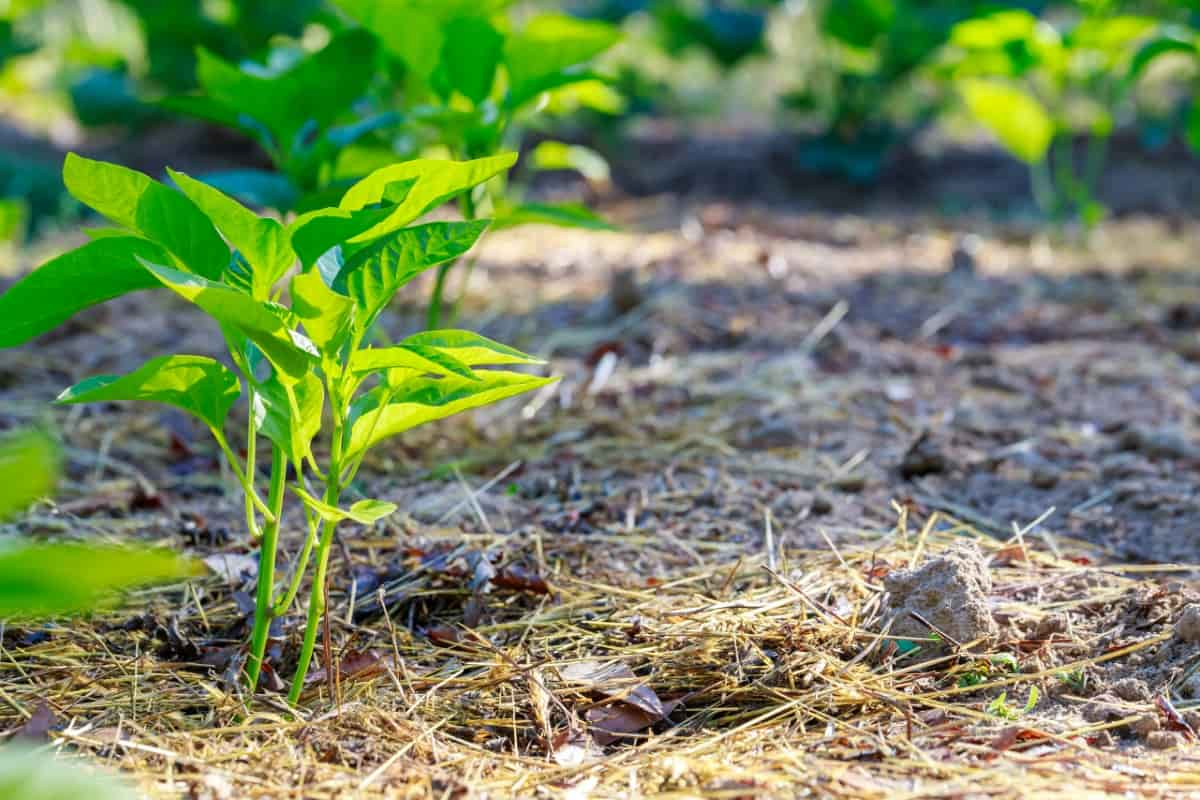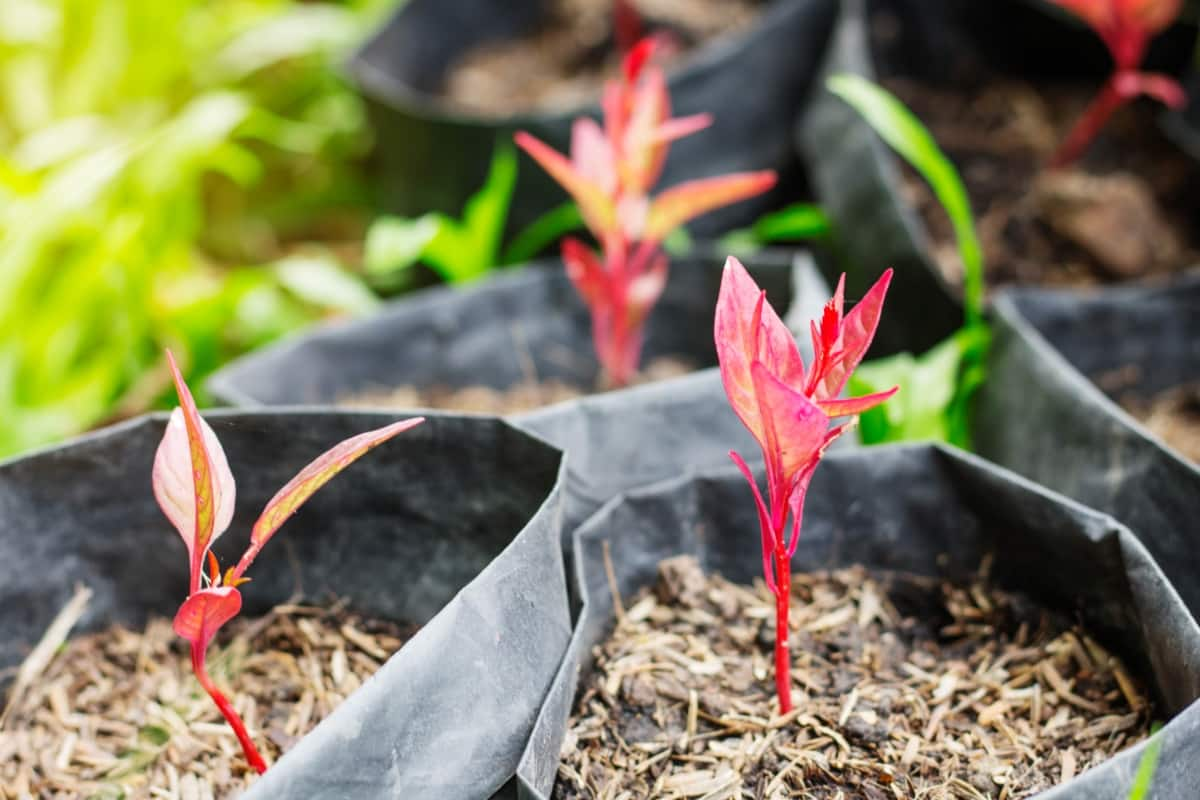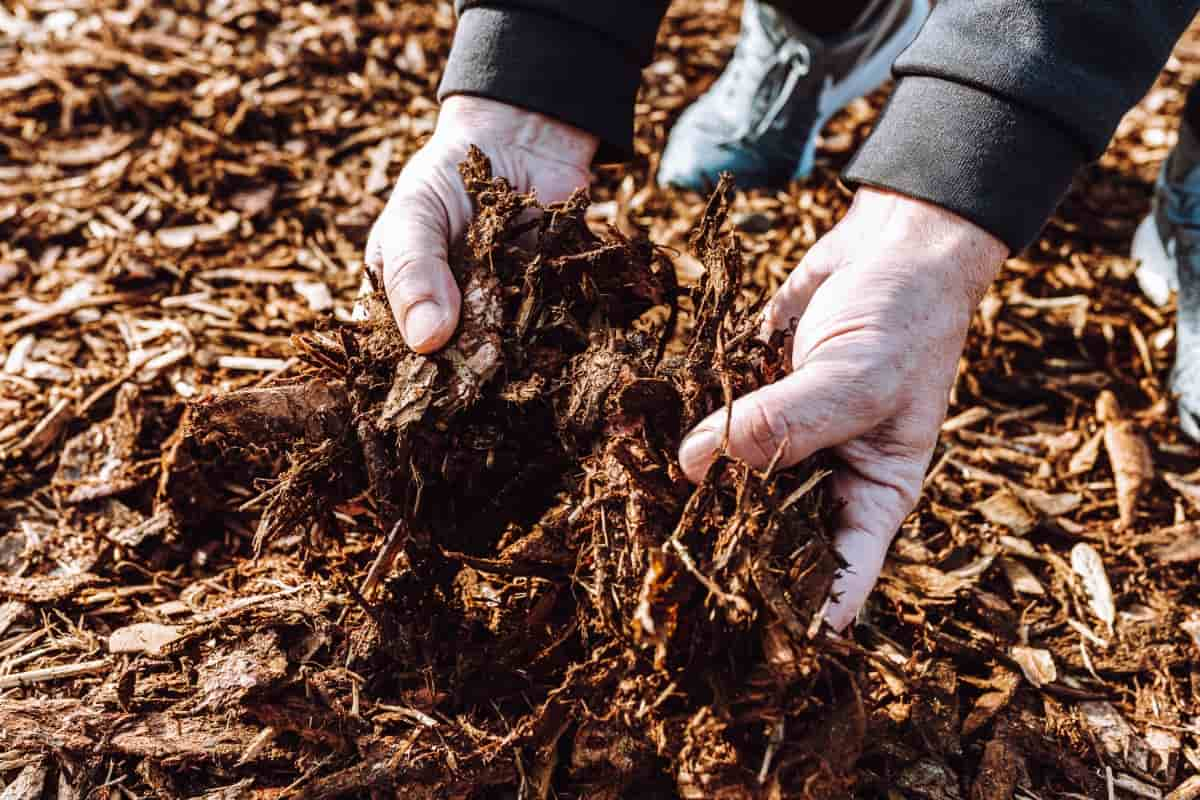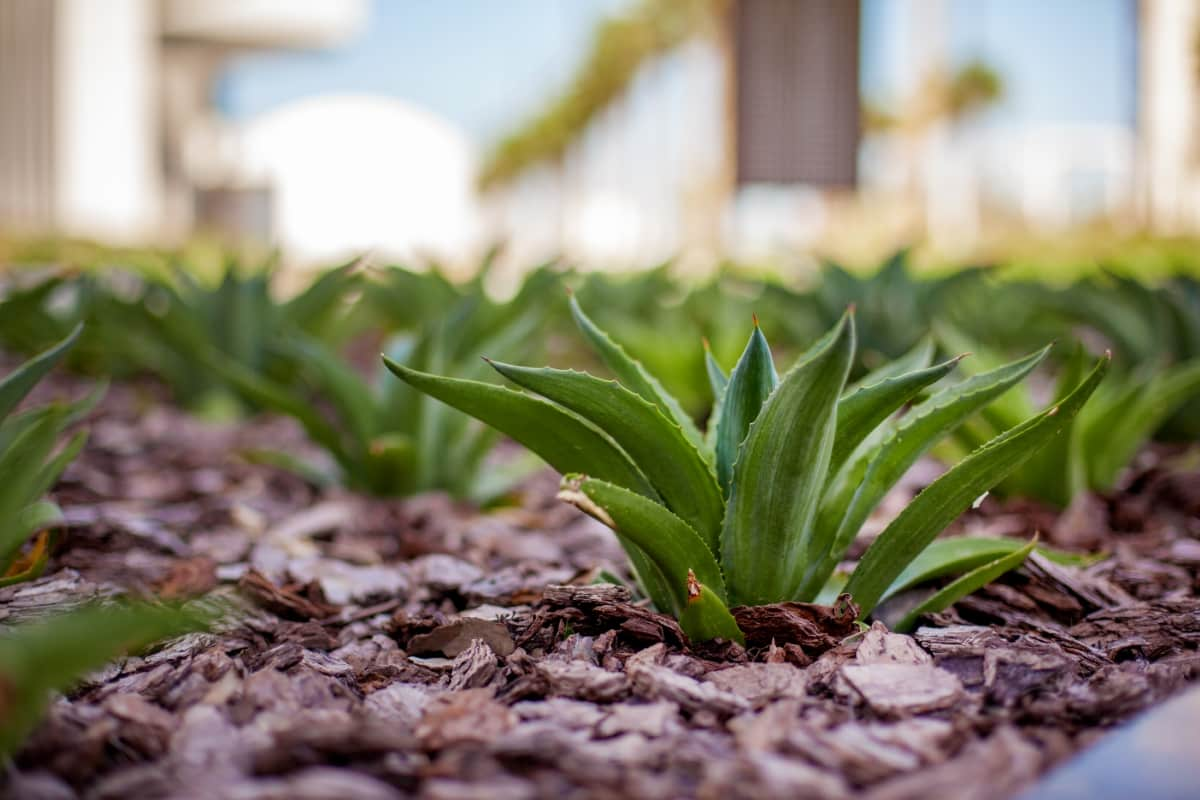Organic mulches are natural materials that nourish and protect the soil around your house plants. By using organic mulches like coco coir or leaf mold, you’re not only benefiting your plants but also contributing to sustainability efforts. These materials are biodegradable and renewable, making them an eco-friendly choice for many gardeners.

Coco Coir: A Sustainable Choice
Coco Coir, also called coconut fiber, is derived from the husks of coconuts. It’s a renewable resource, making it an environmentally conscious option for mulching. This nutrient-rich material helps improve soil structure by retaining moisture while still allowing for proper drainage. Its airy texture also aids in root aeration, promoting healthy growth for your indoor plants.
Leaf Mold: Nature’s Own Nutrient-Rich Mulch
it’s a nutrient-rich powerhouse that can work wonders for the health and growth of your indoor greenery. Leaf mold is important for creating a rich organic material that boosts soil fertility. This natural process transforms ordinary leaves into a valuable resource for your plants. The best thing about leaf mold is its ability to retain moisture while also promoting good drainage.
By using leaf mold as mulch, you’re not only enhancing the aesthetics of your planters but also providing them with the essential nutrients they need to flourish. Plus, it’s an eco-friendly way to recycle fallen leaves and give back to the earth in a sustainable manner.
Grass Clippings: Easy and Efficient
Grass clippings act as a natural fertilizer, adding nutrients back into the soil as they decompose. The best thing about using grass clippings is how easy and convenient it is. After mowing, collect them and spread a thin layer around the base of your potted plants. This helps retain soil moisture while also suppressing weed growth.
In case you missed it: Garden Mulching Types, Techniques, and Ideas

Grass clippings are readily available and completely free if you maintain a lawn yourself. They also help retain moisture in the soil, reducing the frequency of watering needed. This easy and cost-effective method not only nourishes your plants but also saves you time and effort.
Composted Kitchen Scraps: From Waste to Resource
Composting kitchen scraps is not only eco-friendly but also cost-effective. Composting kitchen scraps reduces waste and enriches the soil with essential nutrients. It’s like giving your plants a well-balanced meal for optimal growth. By composting at home, you’re actively participating in nature’s cycle—turning what would have been trash into valuable resources. The decomposition process breaks down the scraps into nutrient-rich humus that boosts soil fertility and supports plant health. Plus, it’s a rewarding way to connect with the earth and promote eco-friendly practices in your daily life.
Coffee Grounds: For Acid-Loving Plants
These nutrient-rich remnants can be a game-changer in maintaining the pH balance of your plants’ soil. Coffee grounds’ acidity makes them ideal mulch for plants that grow in acidic environments, such as azaleas, hydrangeas, and blueberries. Sprinkle the used grounds on top of the soil to give your green friends a natural boost.
Apart from regulating pH levels, coffee grounds are used as a natural fertilizer, providing your plants with nutrients like nitrogen, potassium, and phosphorus. This eco-friendly approach benefits your indoor garden and reduces waste by repurposing what would have been discarded.
Pine Needles: Perfect for Drainage
These thin, needle-shaped leaves not only add a touch of rustic charm to your planters but also play a vital role in maintaining the right moisture levels for your green companions. Pine needles excel at creating air pockets within the soil and preventing root rot. Additionally, pine needles are acidic, making them an excellent mulch choice for acid-loving plants like rhododendrons and blueberries. As they break down slowly over time, they continue to contribute organic matter to the soil while maintaining its pH balance.
In case you missed it: Importance of Mulch in Your Garden: Ideas, Tips, and Techniques

Straw and Hay: Lightweight and Retentive
These natural materials not only provide a protective cover for your house plants but also help retain essential moisture, reducing the need for frequent watering. Straw is known for its lightness, making it easy to spread around your plants without adding unnecessary weight to the soil. It creates a breathable layer that allows air circulation while keeping the soil temperature moderate.
On the other hand, hay brings additional nutrients as it decomposes, enriching the soil and promoting plant growth. Its ability to retain moisture can be particularly beneficial during hot summer days when water evaporation is high. Using straw and hay as organic mulches not only benefits your house plants but also adds a rustic charm to your indoor garden.
Shredded Newspaper: Recycling at Its Best
Newspaper mulch helps to retain moisture in the soil, keeping your plants hydrated and happy. Plus, it acts as a barrier against weeds, saving you time and effort in maintenance. Shredded newspaper breaks down slowly, adding organic matter to the soil as it decomposes. Shredded newspaper can be used as mulch. Spread a mulch layer around the base of your plants. Make sure the layer is thick enough to effectively retain moisture and suppress weeds without suffocating your plants’ roots.
Wood Chips: For a Rustic Touch
When using wood chips as mulch, opt for aged or composted varieties to prevent nitrogen depletion in the soil. This way, you can enjoy all the benefits without compromising your plants’ growth. Wood chips help regulate soil temperature and retain moisture, creating a stable environment for plant roots to thrive.
In case you missed it: Garden Plastic Mulch, Uses, Advantages, Disadvantages

Wood chips can also deter pests and suppress weed growth, keeping your plants healthy without the need for harmful chemicals. Whether you prefer a classic hardwood look or opt for more colorful options like cedar or pine, wood chips are versatile and customizable to suit any décor style.
Peat Moss: For Moisture Control
When using peat moss, mix it into the soil or place a layer on top of the potting mix. It creates a barrier against evaporation, reducing the frequency of watering needed for your houseplants. Plus, its acidic nature is ideal for plants that prefer slightly lower pH levels. Peat moss helps retain moisture and improves soil structure by loosening compacted earth and promoting root growth.
Organic mulches provide a range of benefits, including moisture retention, weed suppression, and nutrient enrichment of the soil. By applying organic mulch to your indoor gardening routine, you can make an optimal environment for your houseplants to nourish and flourish, leading to healthier, more vibrant growth and a greener, more enjoyable indoor space.
- How to Grow Hibiscus from Flower
- Plantation Ideas for Home Decoration: A Beginners Guide
- Flower Garden Designs and Layouts for Beginners
- Planting and Spacing Techniques in Papaya: A Beginner’s Guide
- Growing Gold: Essential Techniques for Planting Pineapples
- How to Make Kalanchoe Plant Bushy: Home Remedies and Solutions
- 11 Reasons Why Your Gardenia is Not Blooming: Home Remedies and Solutions
- Eco Elegance: The Guide to Designing a Drought-Tolerant Landscape
- Gardening on a Slope: Strategies for Hillside Landscaping